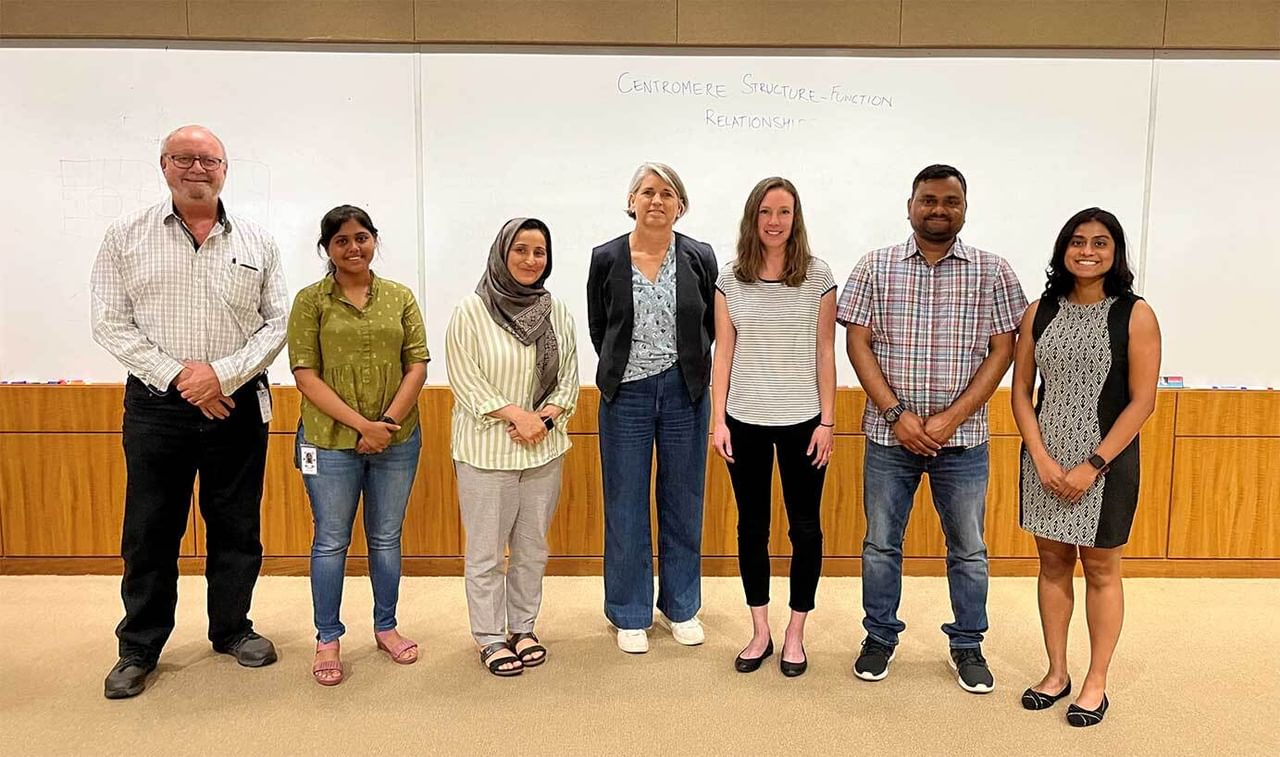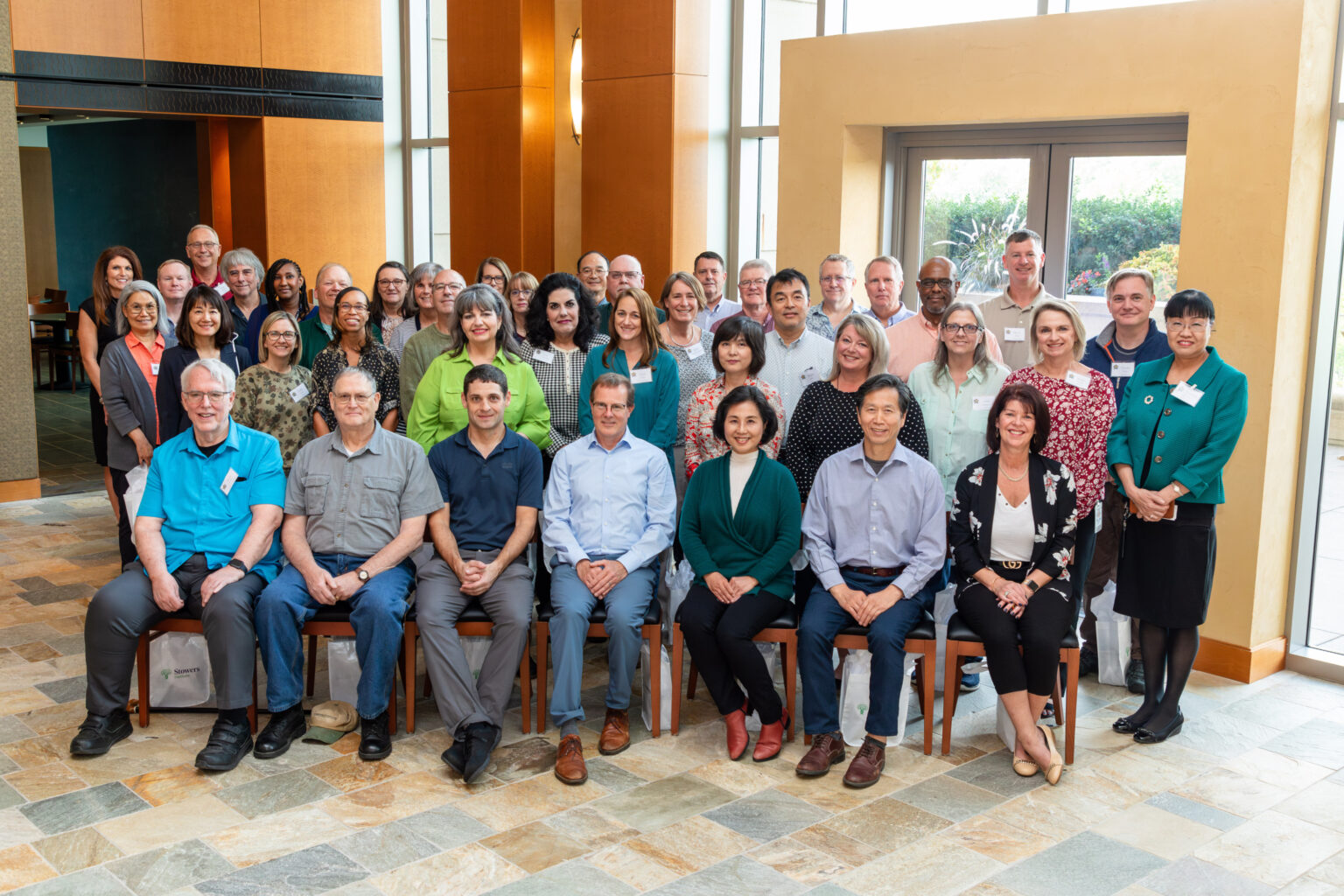News

24 June 2024
Stowers Faculty EDGE Workshop prepares postdocs for the academic job market
The Faculty EDGE series is just one of many advantages of the postdoctoral training program at the Stowers Institute.
Read Article

This October, Stowers Institute Investigator Jerry Workman, PhD, was inducted into the American Academy of Arts and Sciences at the Academy’s headquarters in Cambridge, Massachusetts.
Workman was one of the first scientists to discover that histones, proteins that keep the genomic DNA neatly organized inside the cell nucleus, are both important for the exquisite packaging of DNA into chromatin and crucial players in the regulation of gene expression. He has identified and characterized several giant protein complexes that modify histones, causing them to either loosen or tighten their grips on DNA, leaving it open to enzymes that can read its code and turn on genes.
“This is a highly prestigious—and very fitting—recognition of Jerry’s pioneering contributions to the field of chromatin biology and gene expression,” says Scientific Director Robb Krumlauf, PhD. “With boundless creative and intellectual energy, he changed our fundamental understanding of how genes are turned on and off, and as a result has had a profound impact on a wide range of other fields, such as developmental biology and cancer research.”
Since 1780, the American Academy of Arts and Sciences has recognized thinkers and doers from each generation; past members include George Washington, Benjamin Franklin, Winston Churchill, and Albert Einstein. Among this year’s fellows are the recipient of the 2011 Nobel Prize in Physiology or Medicine Bruce A. Beutler; the director and actor Robert De Niro; singer-songwriter Bruce Springsteen; Pulitzer Prize-winning poet Annie Dillard; and astronaut, former Senator, and Presidential Medal of Freedom winner John Glenn.
Workman is the sixth person from the Stowers Institute to be inducted into the American Academy of Arts and Sciences.
News

24 June 2024
The Faculty EDGE series is just one of many advantages of the postdoctoral training program at the Stowers Institute.
Read Article
News

17 January 2024
Q&A with Stowers Postdoc Michael Church: “When I got the opportunity to join the Workman Lab, I jumped at the chance.”
Read Article
News

06 October 2023
Forty-nine members reached 20 years of service at the Stowers Institute. The Institute founders, Jim and Virginia Stowers, envisioned establishing the Institute as a long-term investment for advancing foundational knowledge in biology for the benefit of all.
Read Article